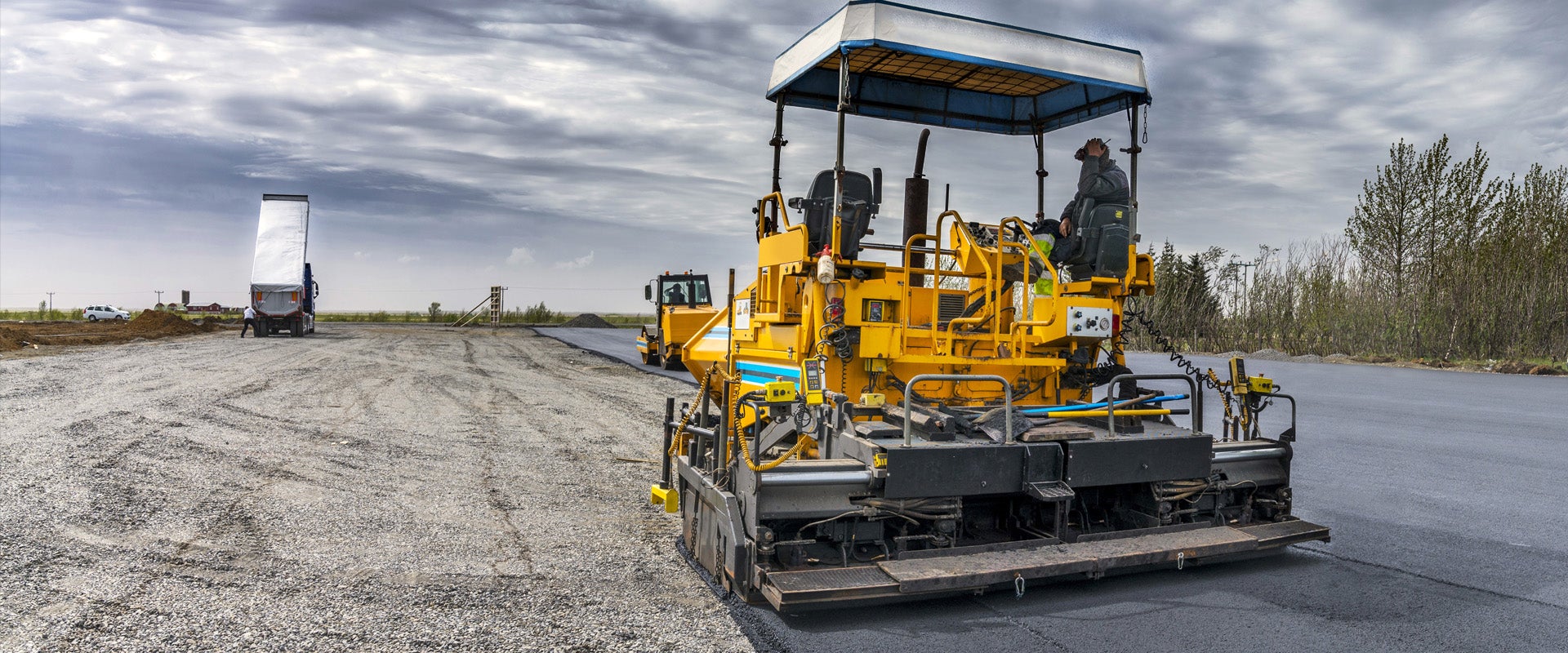Over the last several years, the federal government has distributed more than $216 billion to the states to repair or improve the nation’s aging network of roads. That’s on top of an estimated $600 billion that state and local governments spent on highways and roads during the same time frame.
But it’s still the early days. Many of the millions of miles of U.S. roadways remain in dire need of modernization.
Whether it’s heavy materials (e.g., aggregates, asphalt) or more specialty chemicals and materials (e.g., asphalt additives, geotextiles), materials suppliers have an opportunity to capture share of the ongoing ramp-up in infrastructure projects. The approach, however, to each of these broader product categories requires a different strategy to drive success.
Heavy materials
Understand changing supply/demand dynamics
Despite recent uncertainty, the continued rollout of the Infrastructure Investment and Jobs Act, supported by state and local governments with generally strong balance sheets and a need to invest in roadway infrastructure, is expected to lead to increased demand for road construction materials and services overall.
However, not all regional markets will benefit to the same extent: Some have already seen a large jump in demand driven by large projects that are in the process of tapering, while others are poised to benefit from high growth over the next five years. These differences by region are also true on the supply side, as some markets are already very well served by existing production capacities, while others are clearly underserved.
In a recent review of hot-mix asphalt supply/demand dynamics in over 20 local markets, L.E.K. Consulting found a broad range of outcomes ranging from oversupplied markets with negative growth prospects to currently undersupplied markets with outsized growth potential.
Market operators that can understand these local dynamics at the right level of detail are likely to uncover opportunities for production capacity additions, acquisitions and pricing optimization.
Identify pricing opportunities
Spotting future supply/demand imbalances will not be the only source of driving outsized returns. Best-in-class players are making good use of advanced data and analytics solutions and delivering cost estimates to optimize their pricing strategy.
In a recent buy-side due diligence on an asphalt asset, L.E.K. was able to identify consistent underpricing by the target company for recurring road maintenance. In a relatively slow-moving industry like building materials, many businesses remain unsophisticated from a pricing standpoint, resulting in value-creation opportunities for consolidators.
Drive innovation
While departments of transportation (DOTs) have long had a reputation for being risk-averse and conservative when it comes to material innovation, this has been changing in recent years. The rate of new material approval has been particularly striking in concrete and cement, as evidenced by the rapid switch to Portland limestone cement (PLC/1L cement), the increasing use of pozzolanic cements (1P) and the exponential adoption of ultra-high-performance concrete (UHPC) in bridge applications. This increasing openness to innovation is showing no sign of slowing down, with DOTs known to be testing calcined clay cements, polymeric cements and novel types of binders. Innovation has been slower in asphalt, but reclaimed asphalt, proprietary asphalt emulsions and fiber-reinforced asphalt are gaining ground.
With DOTs more open to adopting innovative materials than they have been in decades, best-in-class material producers are looking for opportunities to create differentiation.





